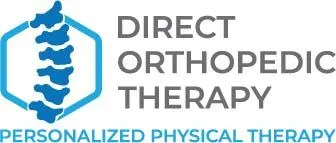This is a fracture near your shoulder joint. In anatomy, the term proximal refers to being near your body, while humeral is your arm bone. So, a proximal-humeral fracture can be defined as a fracture close to your shoulder joint.
This is the most severe fracture that can affect your ability to move your arm or shoulder properly. This injury can severely limit your ability to work or perform daily activities.
Signs
The most common signs of a proximal fracture are
- Intense pain in your hand, wrist, and arm
- It is difficult to move your hands and shoulders.
- You feel a swelling in your hands and shoulders
- Coloration of your shoulders and upper arms
- Bruising to your shoulder and upper arms
Causes
Most proximal and middle humerus fractures are caused by a sudden injury to the arm or shoulder, such as a FOOSH injury. This is more common in seniors who have osteoporosis or osteopenia. The majority of proximal injuries to the humerus occur due to a fall.
- Falling onto your outstretched arm (FOOSH Injury)
- A sudden, very strong pull on your shoulder
- Do not fall on your shoulders
How physical therapy can help
The physical therapist might see you immediately following an injury. If this is the case, the therapist will begin your session by giving instructions on how to wear your sling properly. The physical therapist will teach you gentle exercises that keep your shoulder moving, even when wearing the sling. They also inform you if these exercises are safe.
Your sling should be removed after 4 to 6 weeks. After that, physical therapy can continue. This includes an evaluation of your arm and shoulder. Your physical therapist will give you a list of exercises to help you achieve the five main goals of the physical therapy treatment.
- Different exercises, such as rotational and moving in all directions, can increase the range of motion.
- Long periods of immobilization can reduce arm strength. Therefore, you should do various strengthening exercises targeting your triceps, biceps, and rotator cuff muscles.
- To reduce pain and swelling, many options, such as hot and cold packs and electrical nerve stimulation, are available.
Because it affects your upper body, the proximal Humeral fracture can cause significant life-altering effects. However, you can quickly return to normal and not feel depressed with physical therapy.


